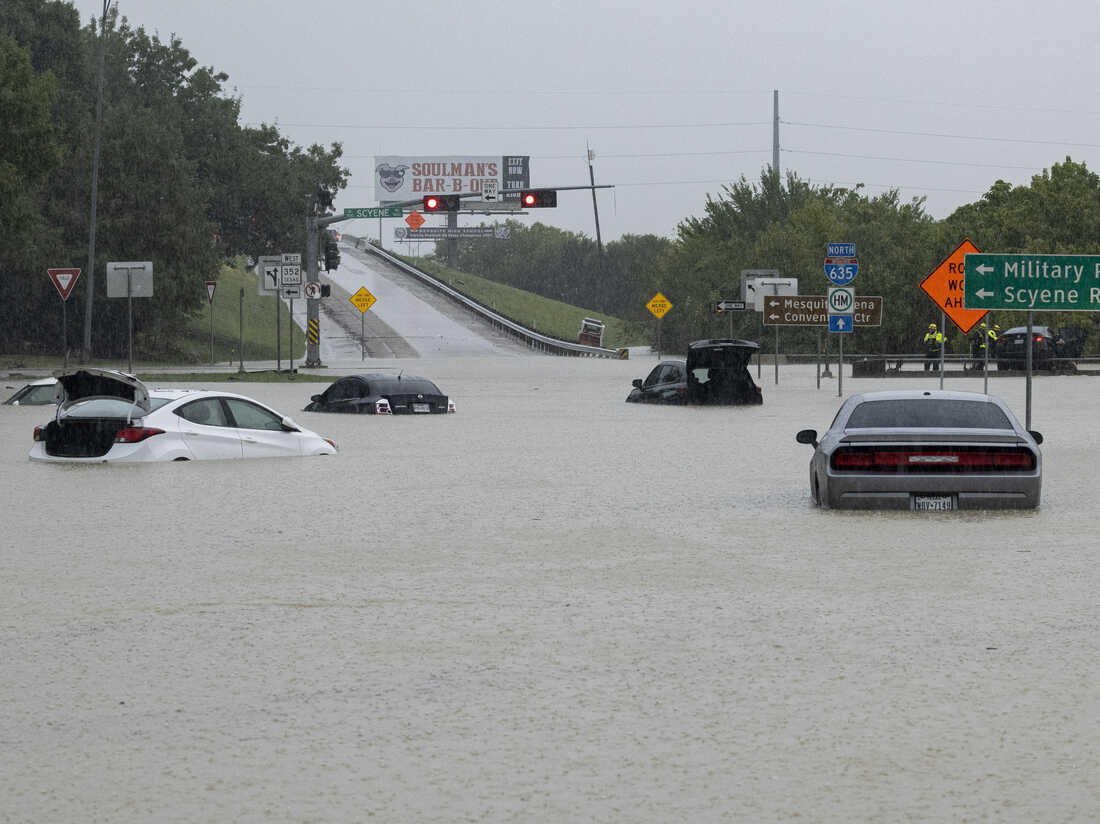President Donald Trump’s recent comments during a press conference in Texas have sparked outrage and disbelief as he implied that devastating floods, which have historically plagued the region, were unprecedented. This tone-deaf response comes in the wake of a catastrophic flooding event that has left at least 120 dead and over 170 missing, revealing a disturbing disconnect between the reality of climate crises and the administration"s understanding of disaster preparedness.
Trump"s Distorted Reality
During the press conference, a reporter questioned Trump about the adequacy of emergency alert systems, emphasizing that many victims were left without power or access to alerts. To this, Trump responded that the U.S. would need to "probably come up with something very unique" in terms of alert systems, suggesting a shocking absence of knowledge about the existing technologies designed to save lives during such emergencies. As reported by public alert system research, effective warning systems have long been in place and are proven to significantly reduce casualties.
Historical Ignorance of Flooding in Texas
For a president who has often touted his experience as a businessman and developer, the assertion that flooding of this magnitude is a new phenomenon is alarming. Texas has a lengthy history of catastrophic flooding events, with the National Weather Service noting that flash floods occur regularly across the state. As documented by USGS data, Texas has experienced over 200 major flood events, with many occurring in areas designated as "special flood hazard areas" by FEMA.

Heavy rain floods streets across the Dallas-Fort Worth area : NPR
FEMA"s Underestimated Risk Assessment
The Federal Emergency Management Agency (FEMA) faces scrutiny for its role in assessing flood risks and readiness. Following the July 4 disaster, an analysis revealed that FEMA may have underestimated the potential for catastrophic flooding, leaving communities ill-prepared for the deluge that followed. The data indicates that recreational areas and youth camps—places that should have been safe—were located in known hazard zones. As highlighted by research on disaster management technology, effective risk modeling and communication are critical to safeguarding vulnerable populations.
The Consequences of Misinformation
Trump’s statements reflect a broader pattern of misinformation that characterizes his leadership style. The assertion that no alert systems exist shifts blame from the inadequacies of the federal response to a fictional narrative of technological failure. This rhetoric not only endangers lives but also undermines public trust in government institutions designed to protect citizens during crises. The consequences of such misinformation are dire; they divert attention from systemic failures and perpetuate a cycle of negligence that disproportionately affects marginalized communities who are often the hardest hit by natural disasters.

Government Emergency Alerts system - what you need to know ...
The Need for Accountability and Change
As the death toll continues to rise, it is imperative that the administration confronts its shortcomings in disaster preparedness and response. Climate change exacerbates the frequency and intensity of flooding events, making it critical for leaders to acknowledge these realities and prioritize infrastructure investments and community preparedness. The failure to do so is not merely a political misstep; it is a violation of the social contract that demands government accountability to its citizens. The implications of Trump’s remarks resonate far beyond a single press conference; they highlight a systemic disregard for the lives lost and the communities shattered by flooding.



![[Video] Trump clarifies warning on Venezuelan airspace, denies imminent airstrike](/_next/image?url=%2Fapi%2Fimage%2Fthumbnails%2Fthumbnail-1764541870318-vgpub6-thumbnail.jpg&w=3840&q=75)
![[Video] Trump stands by claim calling Tim Walz retarded, says 'something wrong with him'](/_next/image?url=%2Fapi%2Fimage%2Fthumbnails%2Fthumbnail-1764541845961-tiqt07-thumbnail.jpg&w=3840&q=75)
